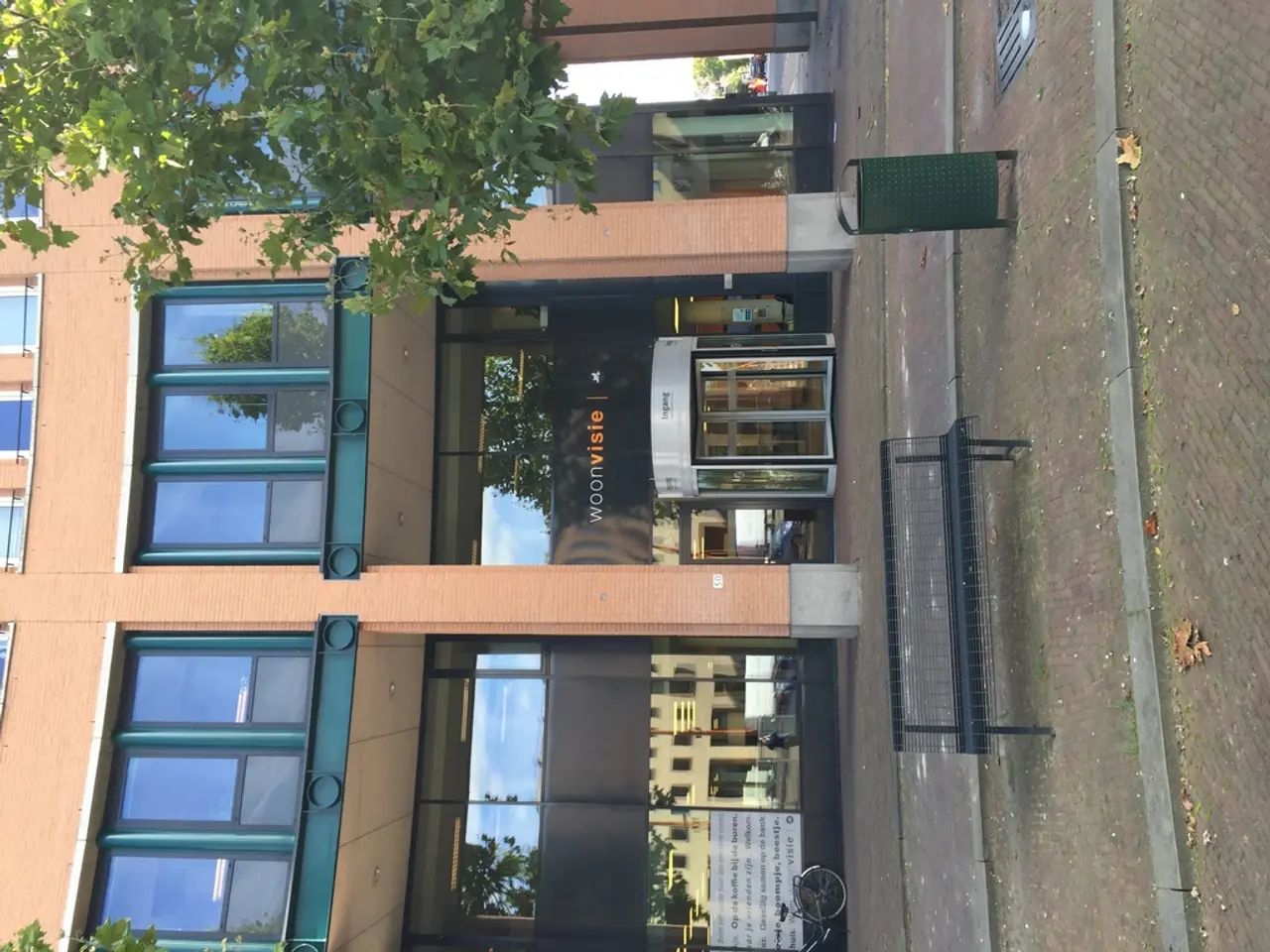Exploring Historical Landmarks Through Captivating Scavenger Hunt Concepts That Spark Awe
Designing engaging and informative historical scavenger hunts for various landmarks and periods has become an exciting way to explore the past. From the Revolutionary War to Medieval times, the Civil Rights Movement, Ancient Civilizations, Pioneer Adventure, Military History, and Local History, there are numerous opportunities to create immersive experiences that educate and entertain.
Choosing Your Theme and Locations
The first step in creating a successful scavenger hunt is to select specific landmarks tied to your historical period. This could range from Revolutionary War battlefields to medieval castles or monasteries, Civil Rights Movement sites, archaeological sites of ancient civilizations, pioneer trails, military bases, or significant local historical sites.
Researching Historical Content
Once you've chosen your theme and locations, the next step is to gather accurate, engaging historical facts, stories, and visuals related to each location. Integrate unique details or artifacts that participants can discover, encouraging deeper learning.
Creating Scavenger Hunt Clues and Tasks
Design clues or puzzles that require participants to explore the site closely. Clues can be questions, riddles, or challenges linked to historical facts, artifacts, or architectural features found at the landmarks.
Incorporating Technology for Interactivity
Use technologies such as QR codes that participants can scan with smartphones; each code leads to additional clues, videos, quizzes, or augmented reality experiences related to the historical site. For example, digital QR code scavenger hunts allow you to embed clues and dynamically update game progress or timed challenges. Augmented reality apps bring historical sites to life by overlaying interactive content on users’ phone camera views, enhancing engagement particularly in medieval or ancient settings.
Using Maps and GPS Features
Integrate map-based navigation to guide participants between landmarks or within large sites. Self-guided tours enriched with scavenger hunts using mobile apps improve exploration with live tracking and route suggestions.
Customizing for Audience and Age Groups
Tailor the difficulty and content depth depending on whether the audience is school children, tourists, or history enthusiasts. Use storyboards or creative assignments to engage students in building scenes or answering prompts when suitable.
Gamifying with Progress Tracking and Rewards
Incorporate scoring, leaderboards, or badges to motivate participants. Features such as timed tasks or rewards for discovering clues fastest can enhance competition and fun.
Testing and Refining
Pilot the scavenger hunt to ensure clues are clear, the technology works smoothly, and the educational goals are met. Adjust as necessary for accessibility and engagement.
A typical Revolutionary War scavenger hunt could start at a museum, where scanning a QR code triggers a puzzle based on a historical letter. Successful completion reveals the location of a hidden marker on the battlefield map. An augmented reality feature might show a reenactment of a famous battle scene at a medieval monastery, with quizzes assessing understanding.
Using these principles and tools allows design of engaging, interactive scavenger hunts tailored to any historical period or location, blending education with fun immersive experiences.
References:
[1] Grosso, J. (2021). QR Codes for Scavenger Hunts: A How-To Guide. Retrieved from https://www.greatist.com/hobbies/qr-codes-scavenger-hunts
[2] Cox, J. (2020). Augmented Reality in Education: How AR is Changing Learning. Retrieved from https://www.edtechmagazine.com/higher/article/2020/08/augmented-reality-education-how-ar-changing-learning
[3] Wilson, K. (2020). How to Create a Scavenger Hunt for Kids. Retrieved from https://www.yourmodernfamily.com/scavenger-hunt-kids
[4] Lopez, R. (2019). How to Create a GPS-Based Scavenger Hunt. Retrieved from https://www.wikihow.com/Create-a-GPS-Based-Scavenger-Hunt
- E-learning and lifestyle enthusiasts can embark on home-and-garden scavenger hunts, piecing together clues to reveal the historical roots of various architectural designs and gardening techniques. For instance, a scavenger hunt might encourage participants to identify specific Medieval architectural features found in a historic garden or home, with QR codes providing additional information and quizzes.
- To broaden one's education-and-self-development, consider general-news-focused scavenger hunts that challenge participants to navigate contemporary news articles or public spaces, deciphering the historical context behind current events. For example, a scavenger hunt could require participants to find historical markers or monuments linked to significant moments in civil rights history, with each clue providing insights into how events of the past continue to shape our present.




